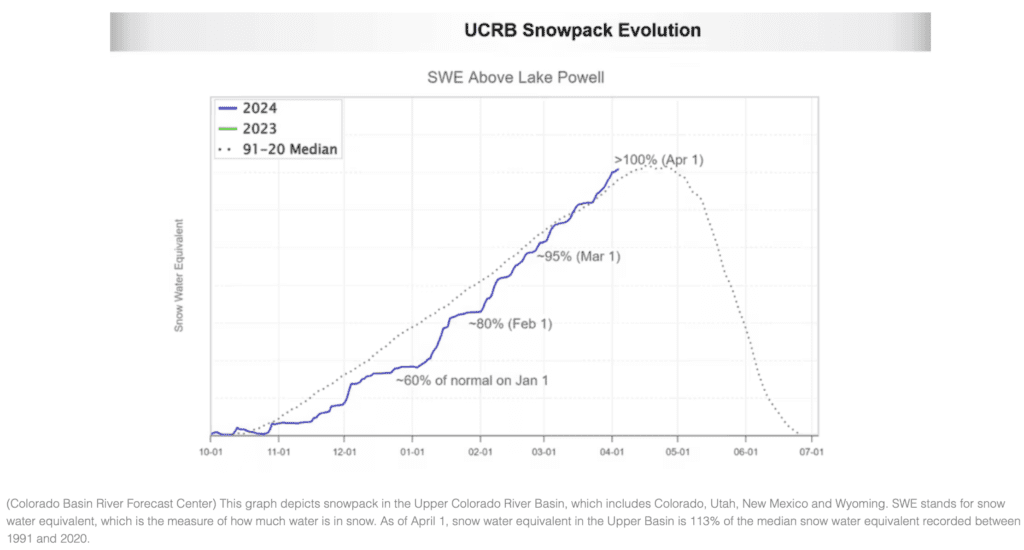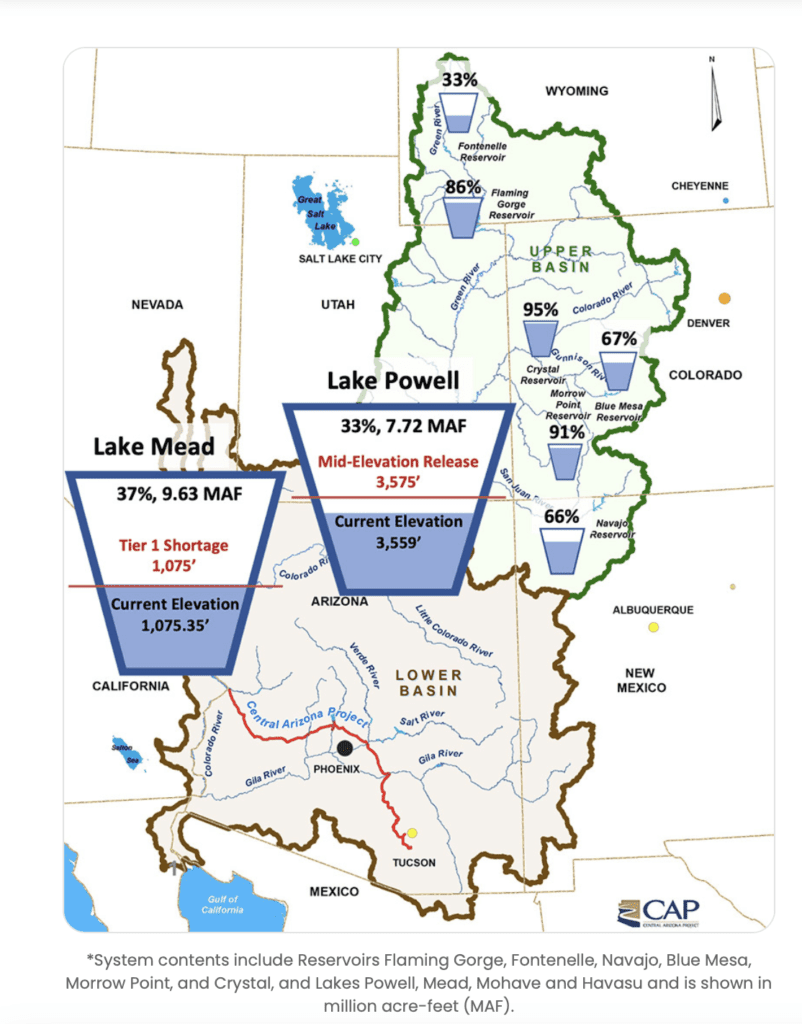Daniel Salzler No. 1249 EnviroInsight.org Five Items April 12, 2024
—————Feel Free To Pass This Along To Others——————
If your watershed is doing something you would like others to know about, or you know
of something others can benefit from, let me know and I will place it in this Information .
If you want to be removed from the distribution list, please let me know.
Please note that all meetings listed are open.
Enhance your viewing by downloading the pdf file to view photos, etc.
The attached is all about improving life in the watershed through knowledge.
If you want to be removed from the distribution list,
please let me know. Please note that all meetings listed are open.
Check our website at EnviroInsight.org
1. National Drug Take-Back Day The Drug Enforcement Administration (DEA) has scheduled another National Prescription Drug Take-Back Day, to be held on Saturday, April 26, 2014, from 10 a.m. to 2 p.m.

The National Prescription Drug Take-Back Day aims to provide a safe, convenient, and responsible means of disposal, while also educating the general public about the potential for abuse of these medications.
This is a great opportunity for those who missed the previous events, or who have subsequently accumulated unwanted, unused prescription drugs, to dispose of those medications easily and safely.
For more information, including a Collection Site Locator and a Partnership Toolbox, visit DEA’s website at https://apps.deadiversion.usdoj.gov/pubdispsearch/spring/main;jsessionid=XOEDh0kfsrDfdXtPaHtfH77NJ7W8xYxPSbHazaNG.web2?execution=e1s1
Source: April 23, 2014 by Jennie Lee-Pace
2. Colorado River States Get A Wet Winter, But Lake Powell Will Get Below-Average Runoff, forecast says Colorado River forecasters released new data for the reservoir on Friday.
Spring storms brought more snow to mountains across the Western U.S., bringing water for struggling Lake Powell with them.
The National Weather Service Colorado Basin River Forecast Center on Friday estimated that Lake Powell will receive 5.7 million acre-feet of water between April and July as snow melts off the mountains. An acre-foot is roughly enough water to sustain two houses for a year.
That volume is 89% of the normal runoff for that time period recorded between 1991 and 2020.
Facing extreme drought and climate change since the turn of the century, Lake Powell dropped to a historic low of 22% full in Feb. 2023. The reservoir currently stands at about 32% full.
Three factors determine how much water ends up in Lake Powell: the amount of snowpack on Western mountains, spring temperatures (warmer weather can cause snow to melt faster) and soil moisture (dry soil absorbs melting snow, leaving less water for reservoirs).
Snowpack jumped in March throughout the Upper Colorado River Basin, the portion of the river basin that lies above Lake Powell and includes Colorado, New Mexico, Utah and Wyoming.
On March 1, snow water equivalent — the amount of water contained in snow — above Lake Powell stood at 97% of the median snow water equivalent between 1991 and 2020.
A month later, on April 1, forecasters recorded Upper Basin snowpack at 113% of the median.
Snowpack conditions above Lake Powell improved because of active weather in March, forecasters said, which was the third month in a row with near to above-normal precipitation throughout the Colorado River Basin.
Last month, the Upper Basin saw 130% of average precipitation, bringing precipitation above Lake Powell to 102% of average for October 2023 through March 2024.
But an above-average year for snow doesn’t guarantee an above-average runoff, given the forecast of warm spring temperatures and dry soil conditions.

Right now, forecasters say, soil moisture across the entire Colorado River Basin — which includes Arizona, California and Nevada as the Lower Basin — is close to below normal. Soil moisture is better in the Upper Basin than in the Lower Basin.
When forecasting how much water Lake Powell will get, hydrologists release three possible scenarios. On Friday, forecasters reported that there is a 10% chance that the reservoir could receive as much as 8.3 million acre-feet of water or more from April through July. In a drier scenario, there is a 10% chance that runoff could drop to 4.4 million acre-feet of water or below. The most likely case is that Lake Powell sees about 5.7 million acre-feet of water.
Forecasters in late March predicted that Lake Powell would receive 5.4 million acre-feet of water between April and July.
These estimates guide the management of the Colorado River, which serves 40 million Amelake ricans, 30 Native American tribes and sustains various ecosystems and habitats. Source:: Salt Lake Tribune
3. Current Colorado River Conditions
Colorado River Water Supply Report
System Contents*: 24.61 Million Acre Feet (MAF)
As of March 31, 2024
Last Year System Contents: 19.02 MAF
RESERVOIR CAPACITIES (MAF)

SNOW ACCUMULATION
As of April 8, 2024, the snow accumulation for the overall Colorado River Basin above Lake Powell is at 17.2 in., which is 110% of the 30-year median for this date of 15.5 in.

Lake Powell will be in Mid-Elevation Release Tier for 2024 with a set release of 7.48MAF.
Most probable Lake Powell release is 7.48 MAF for WY 2025
WY2025 Max is 7.48 MAF, Min is 7.48MAF

Lake Mead
March 024 24-Month Study
Lake Mead will be in Tier 1 shortage condition for 2024 and is expected to be in Tier 1 shortage for 2025.. Tier determinations are based on physical elevations.
Source: https://www.cap-az.com/colorado-river-conditions-dashboard/
4.Amphibians Use Screams Inaudible To Humans For Self-Defense Against Predators, Study Suggests. A study reported in the journal acta ethologica has recorded the use of ultrasound by amphibians for the first time in South America. It also describes the first documented case of the use of ultrasound for defense against predators, in a distress call of ear-piercing intensity to many animals, but inaudible to humans.

“Some potential predators of amphibians, such as bats, rodents and small primates, are able to emit and hear sounds at this frequency, which humans can’t. One of our hypotheses is that the distress call is addressed to some of these, but it could also be the case that the broad frequency band is generalist in the sense that it’s supposed to scare as many predators as possible,” said Ubiratã Ferreira Souza, first author of the article. The study was part of his master’s research at the State University of Campinas’s Institute of Biology (IB-UNICAMP) in São Paulo state, Brazil. Source: Phys.org
5. Making Meals Without Microplastics: Tips For Safer Cutting Boards. Depending on the type of cutting board you use, your home-cooked meals could be contaminated with an unlikely ingredient – microplastics – according to a recent study(link is external).
For the research, published in the peer-reviewed journal Ecotoxicology and Public Health, scientists tested contamination by cutting carrots on two types of plastic cutting boards, one made with polypropylene and the other with polyethylene. Their goal was to estimate the total per-person annual exposure to microplastics from using the boards.
They measured as many as 1,114 microplastic particles – pieces of plastic less than five millimeters long – each time the board was used to cut carrots.

The researchers, led by scientists from the University of North Dakota, also found that cutting carrots on a plastic board can generate as much as 15 milligrams of microplastics per cut, or about 50 grams per year – roughly equivalent to the weight of ten plastic credit cards.
How can you avoid theses microplastics? Use a wooden cutting board. Read more at https://www.ewg.org/news-insights/news/2023/10/making-meals-without-microplastics-tips-safer-cutting-boards?emci=93b78588-6bf3-ee11-aaf0-7c1e52017038&emdi=6aa96d2e-2af5-ee11-aaf0-7c1e52017038&ceid=373908
Copyright: 2024 EnviroInsight.org
